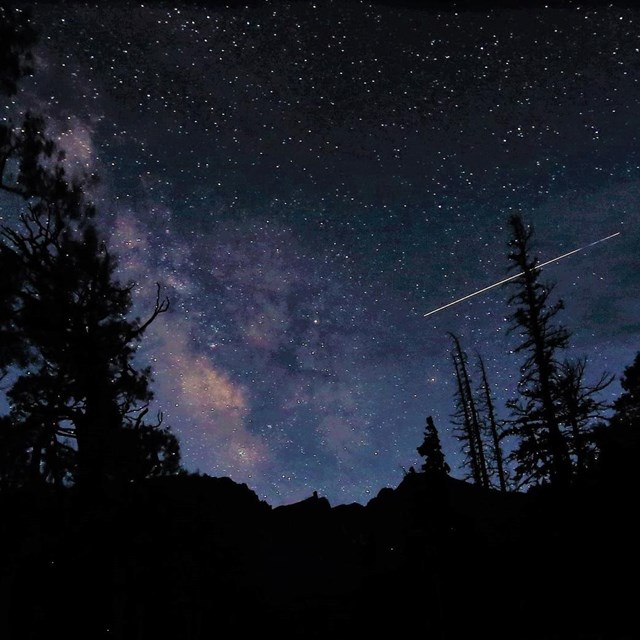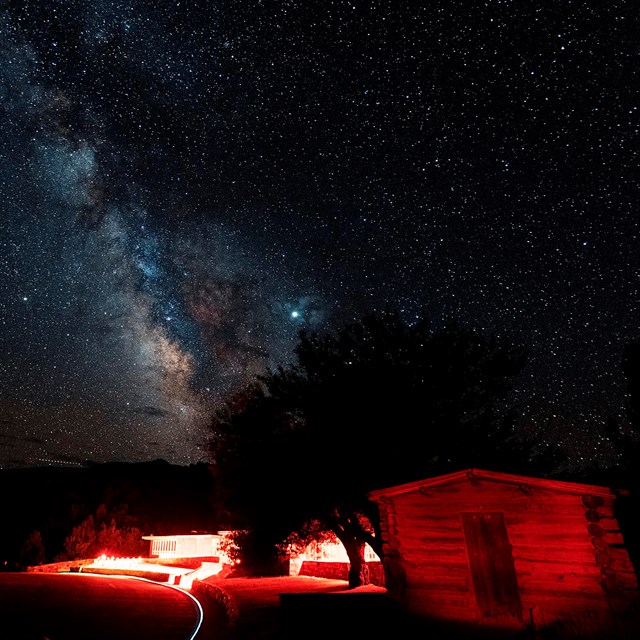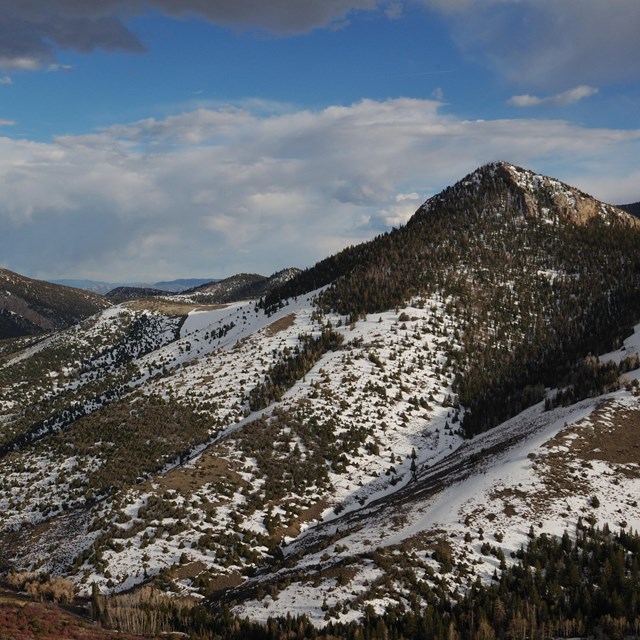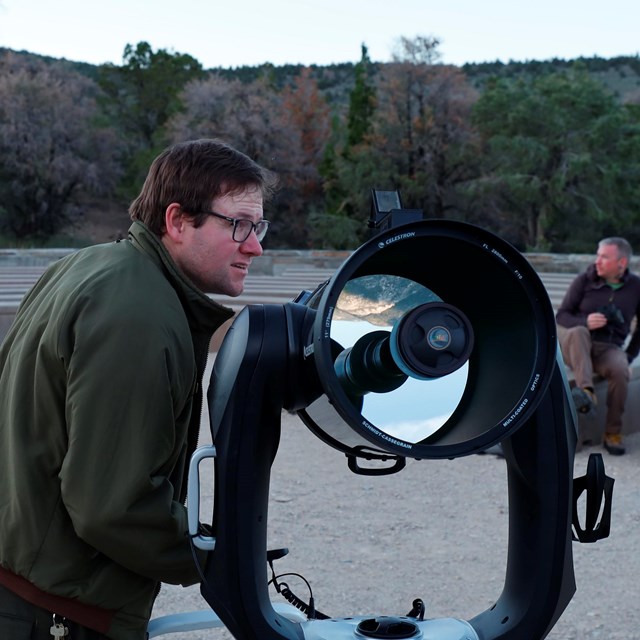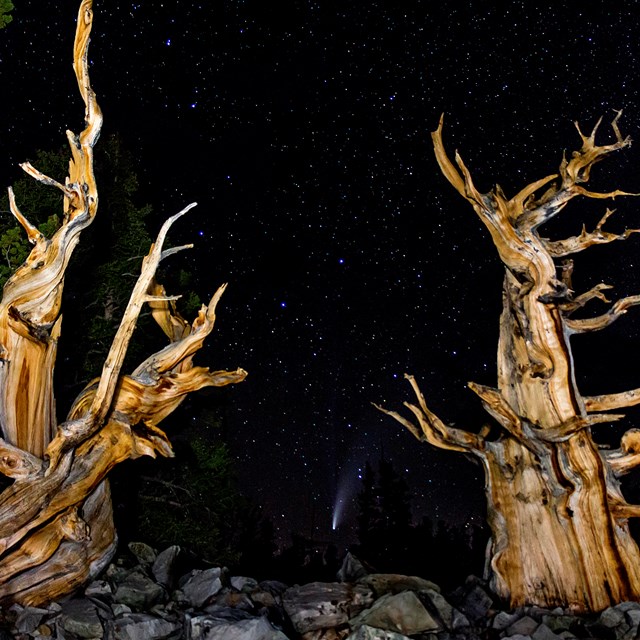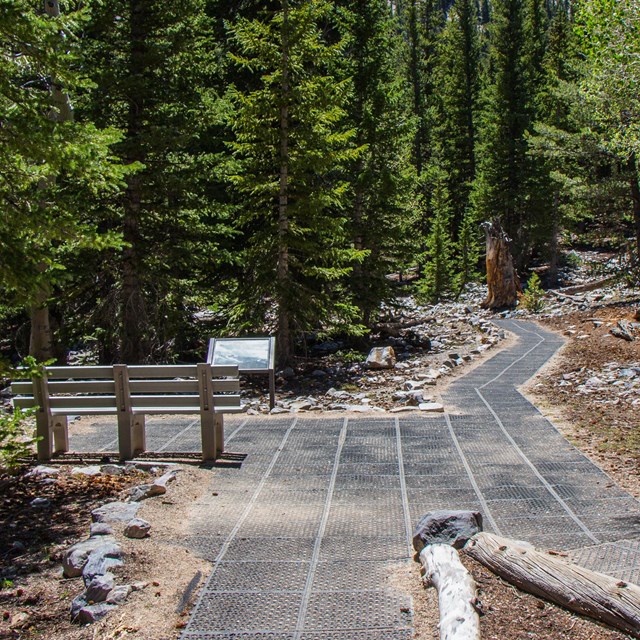Join rangers in the summer!Great Basin Astronomy ProgramsInternational Dark Sky ParkGreat Basin National Park is home to some of the darkest skies in the lower 48 states. Recognized by Dark Sky International (formerly the International Dark Sky Association) as one of the premier International Dark Sky Parks within the United States, you can stand nearly anywhere within the park's boundaries and gaze in awe at the endless space above you. Great Basin is committed to reducing our own light pollution footprint by using red exterior lights, turning white lights off during the night, and using motion detectors to ensure lights are only on when needed. We also measure the brightness of our skies monthly to ensure no light encroaches on the park and our night skies stay as pristine as possible. 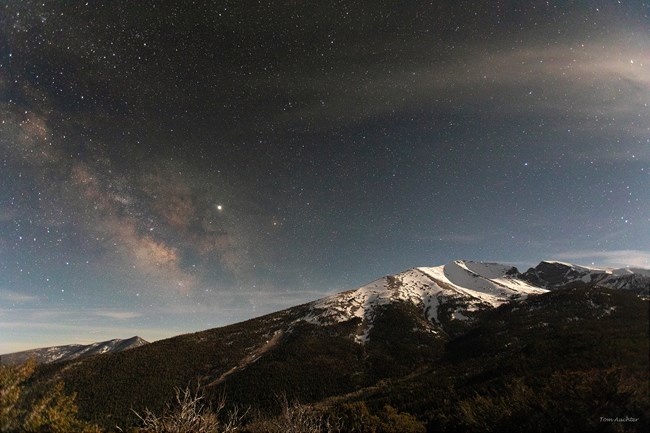
Tom Auchter Where to StargazeLuckily, within Great Basin National Park and many of the valleys and mountain ranges surrounding us you can see incredible night skies just about anywhere. Below are a few of the more popular areas to stargaze, which each have their own unique benefits.
It is important to note that none of the locations above allow overnight camping. Please visit respectfully and responsibly by returning to a campsite after a full night of viewing the stars. 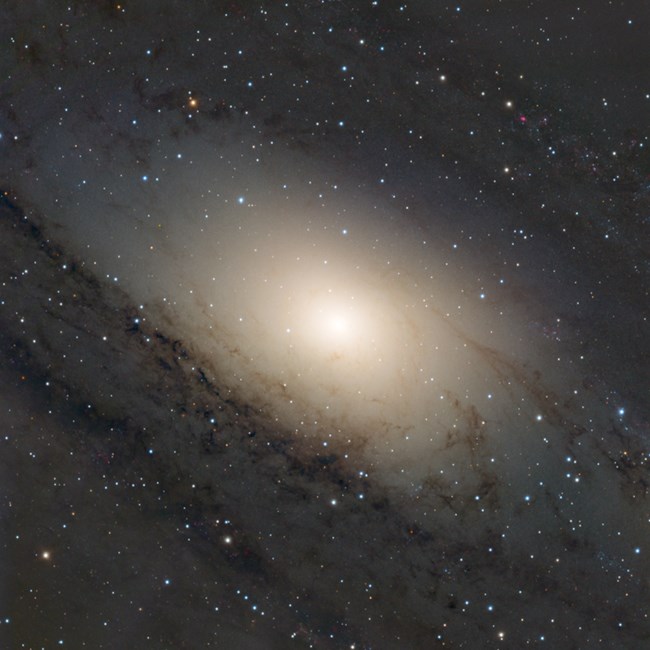
Paul Gardner How to StargazeLike any visit and activity in a national park, proper planning will help you have the best experience possible while stargazing. Here are some tips from our astronomy rangers:
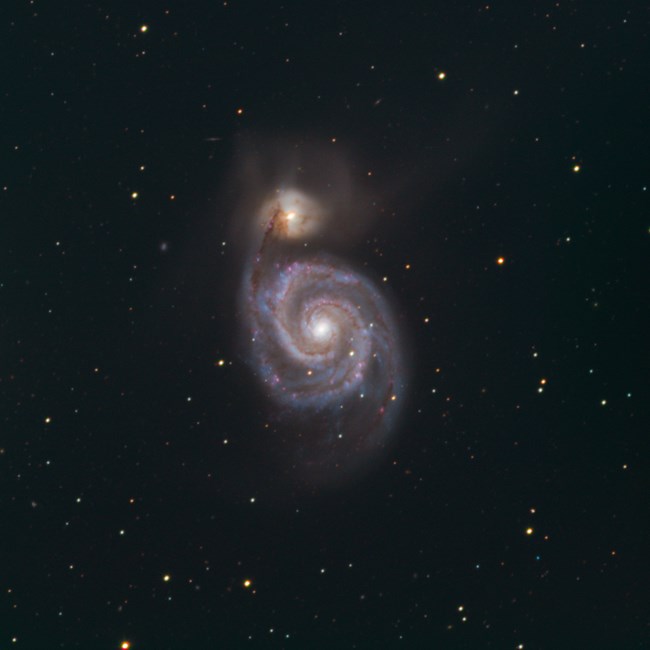
Paul Gardner & Tom Auchter What to look for in the night skyWhat to look for depends on the time of year you go. A star chart will help you identify what you are seeing. It will also show you the locations of the most prominent constellations in the northern hemisphere. Remember that stars twinkle and planets don't. If an object is moving quickly and not blinking, it is a satellite or possibly the International Space Station. Here is a helpful planet viewing guide, and information about satellite flyover times. The Milky Way galaxy will appear as a cloudy, silvery streak across the sky. Our view is from the inside looking out. In summer, we are looking towards the center of our galaxy, so it will be denser and therefore a bit easier to see. Everything we can see with just our eyes from our location is within the Milky Way galaxy, with two exceptions: the Triangulum Galaxy and the Andromeda Galaxy. If you see a "shooting star", this is a meteor, a small debris fragment burning up in Earth's atmosphere. The best opportunities to see these are during meteor showers. If you come to the park at the right times, you might catch the Perseids in August, the Orionids in October, the Leonids in November, and the Geminids in December. Check out which meteor shower you may be able to see. Use NASA's Spot the Station app to receive notifications when the International Space Station is visible. 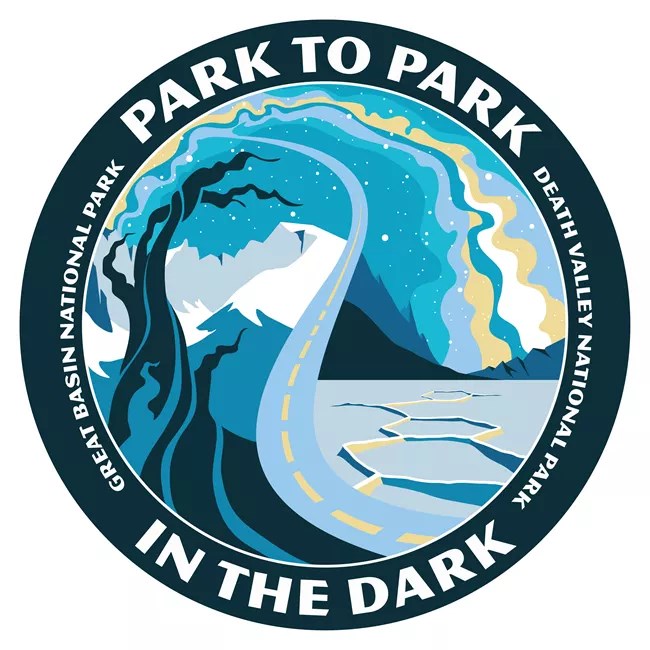
Tyler Nordgren Park to Park in the DarkDrive along the starry-est route in America! Park to Park in the Dark is Nevada’s first astronomy route connecting two International Dark Sky Parks and 5 stellar, rural towns along routes US-95 & US-6. The Starry-est Route in America offers a galaxy of outdoor recreation opportunities – both day AND night! Motorists along this route will be able to ponder life’s biggest questions as they travel through some of the darkest areas in the country and gaze up into star-studded skies. Learn more about Park to Park in the Dark at this link
|
Last updated: December 22, 2023

